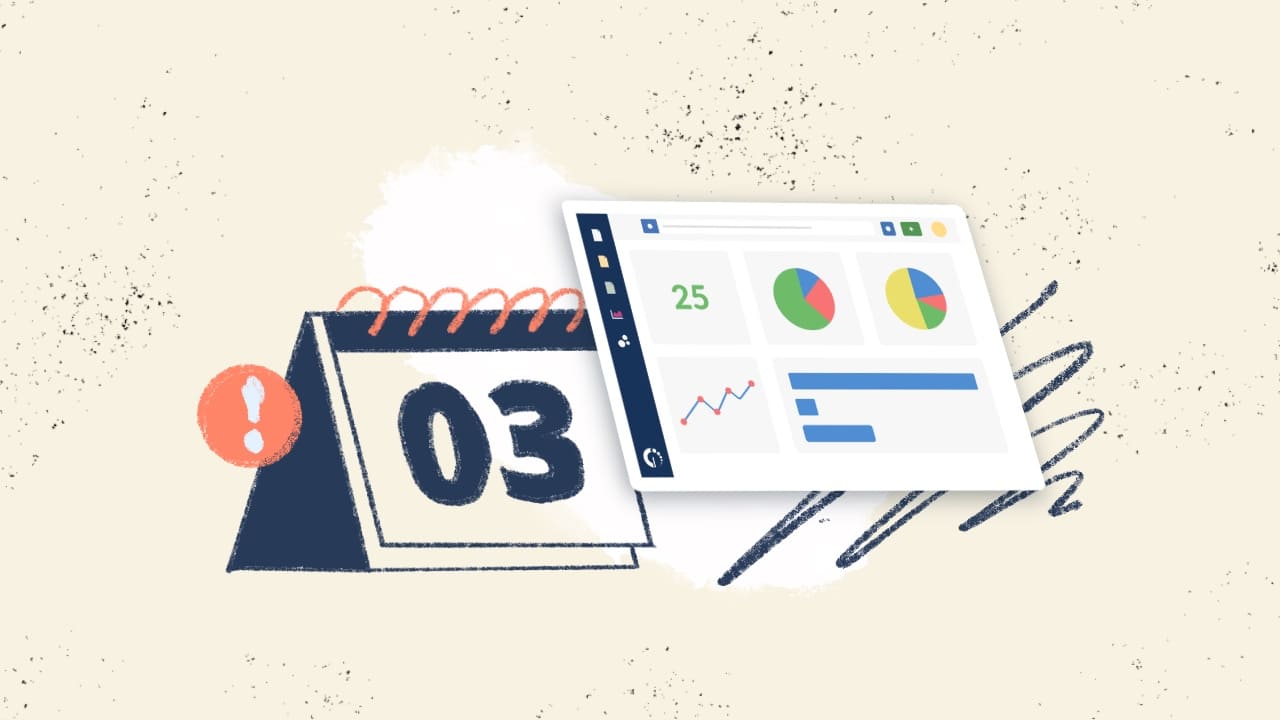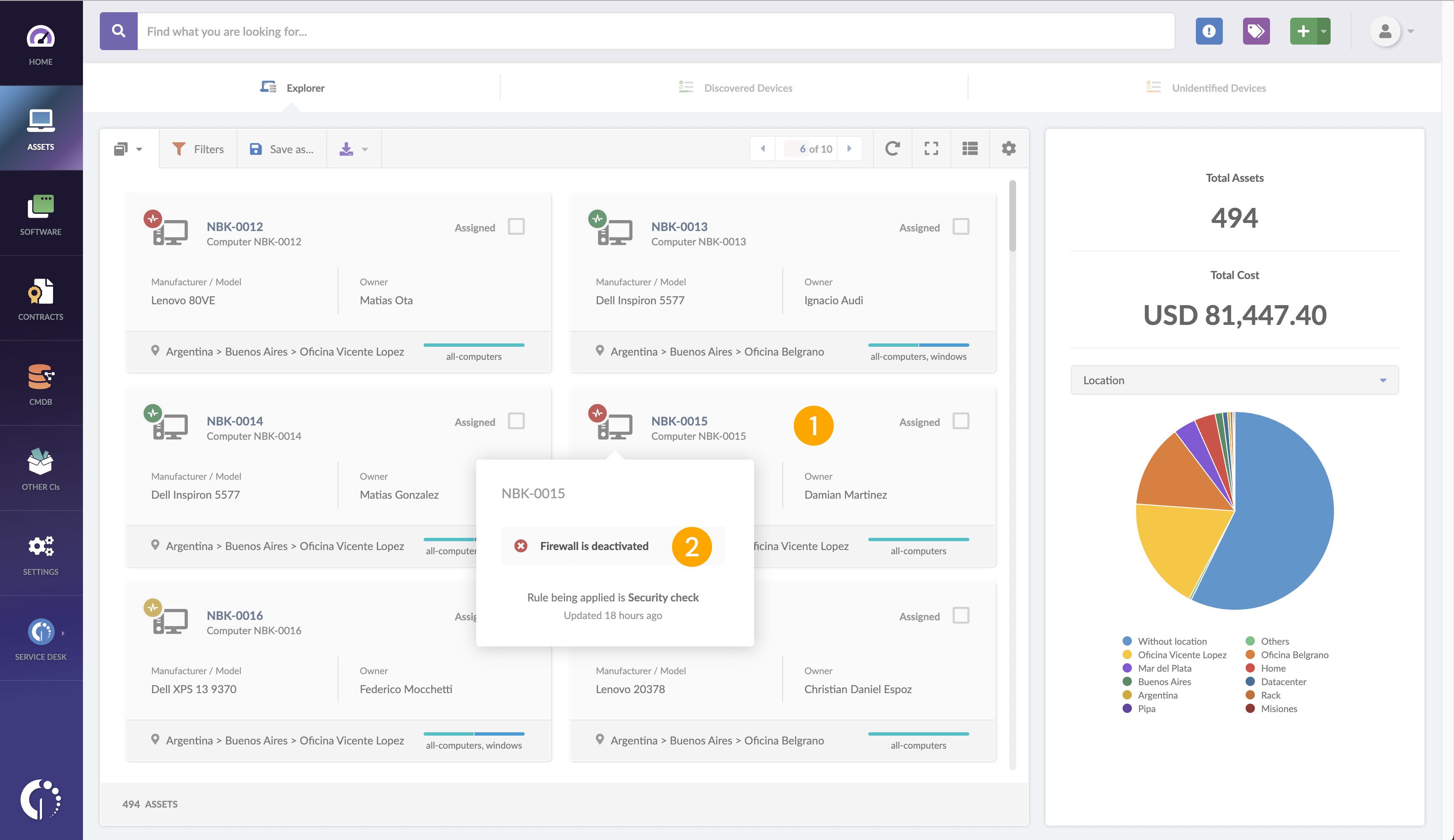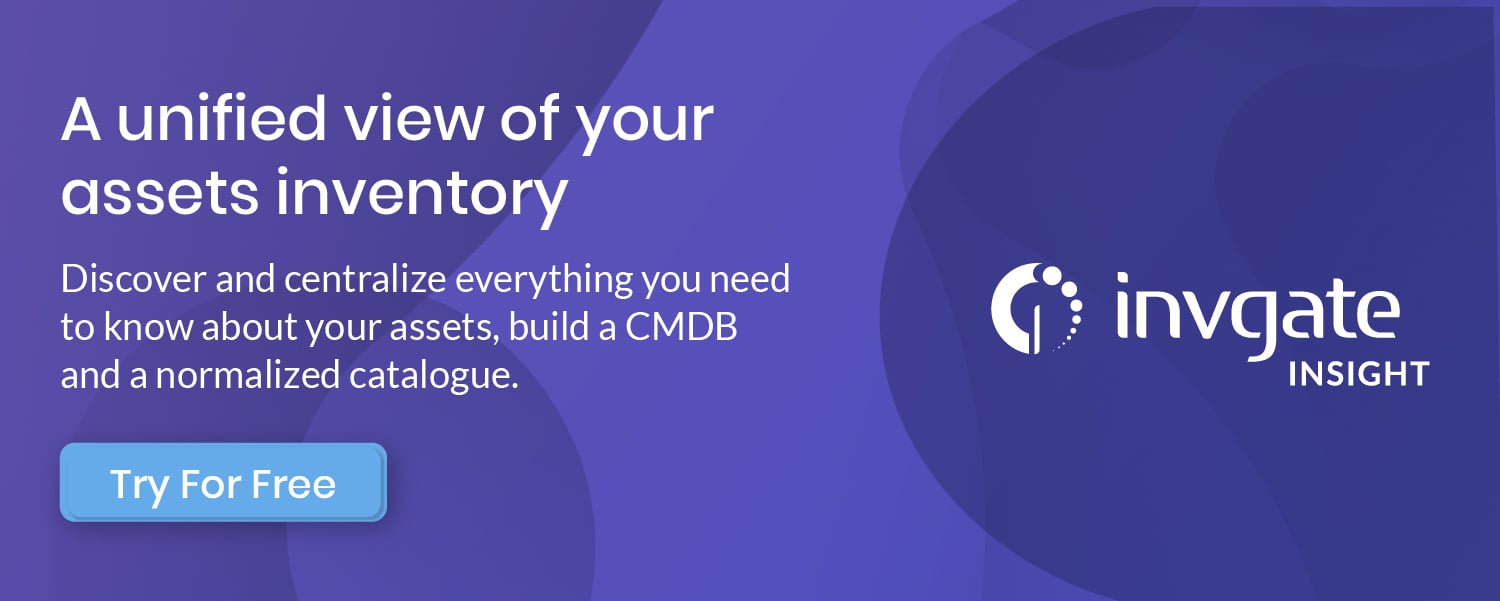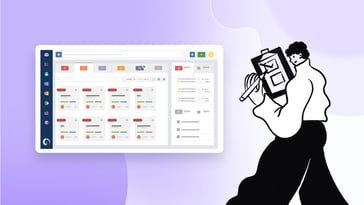Asset Health Management (AHM) helps organizations to proactively monitor and manage the condition of physical assets, in order to minimize downtime and extend asset lifespan. This is a relevant part of IT Asset Management, and they typically go hand in hand to ensure that all assets are properly managed.
There are many different approaches to Asset Health Management, but all share a common goal: to ensure that your organization's assets are performing at their best and that any risks to their health are minimized.
Keep reading to find out what AHM entails, and how InvGate Asset Management can help you implement it in your company.
What is Asset Health Management?
Asset health management (AHM) is a proactive approach that helps organizations monitor the condition of critical assets to identify potential risks and address them before they lead to failure and costly, unplanned downtime.
Furthermore, AHM provides a real-time view of your assets' health, enabling you to determine exactly when to perform maintenance based on the actual condition of the equipment. This approach lays the groundwork for condition-based maintenance (CBM), a type of preventive maintenance that lets teams decide when to service assets, avoid unnecessary maintenance, and extend their lifespan.
Let's review quickly the benefits of implementing an Asset Health Management process:
- Early detection of risks to your resources.
- Avoiding downtime, failures, and disruptions.
- Optimizing asset performance.
- Improving asset lifespan and reliability.

What does AHM entail?
Asset Health Management encompasses a range of activities, from asset performance analysis to asset condition monitoring. Here are some of the tasks that typically fall under AHM:
- Monitoring asset performance and usage metrics.
- Analyzing asset performance data to detect abnormalities or trends.
- Establishing asset health baselines as reference points for comparison.
- Identifying asset maintenance requirements, such as regular servicing or repairs.
- Developing asset replacement strategies based on asset health data.
- Implementing safety regulations for asset use and operation.
Establishing an Asset Health Management strategy
Now that we know the typical tasks included in AHM, we can take a look at how to develop a basic Asset Health Management strategy. Typically, it'll consist of these five steps:
- Asset health diagnostics: The first step is to understand the IT assets' current health and how they are performing.
- Asset health prognostics: Prognostics tries to predict what will happen with the asset in the future. By knowing its health state, your IT asset managers can foresee potential issues or changes in health.
- Asset health maintenance: This step is pretty straightforward and includes all the methods available to either maintain or restore an IT asset's health to expand its lifecycle: maintenance, repair, and operations.
- Asset end-of-life decisions: At this point, the asset has reached its full lifespan. Based on performance assessments and organizational needs, the decision to retire an asset typically falls in the hands of IT asset managers, the IT department, finance teams, and/or compliance officers.
- Asset disposal: If, in the previous step, you decided to end the life of certain devices, you must come up with an ITAD (IT asset disposal) strategy. Basically, you need to decide what are you going to do with the IT assets you no longer need. Here, you might consider donating or destroying them, depending on your industry compliance regulations.

Using InvGate Asset Management as your Asset Health Management system
Since it's a complete ITAM solution, you can use InvGate Asset Management as your Asset Health Management software as well.
To start with, once you create your IT inventory, you have a complete map of devices in your network updated in real-time, along with the devices' software and hardware details, contracts associated with them, owners, and location. This alone is enough for you to start making informed decisions regarding their lifecycle management.
Do you have an old fleet of devices that needs to be replaced ASAP? Do you have inadequate assets for the tasks they're performing? Do you have warranties about to expire? With InvGate Asset Management, you'll have the answers in just a few clicks.

But that's not all because, with our Asset Health Rules, you can monitor your assets' health in real-time. It's like IT asset monitoring alerts, but better. All you need to do is set a series of asset status parameters to decide the criticality scale – which means that they can adapt to every company’s needs to guarantee compliance. Once that's done, you'll see a color coding next to your assets indicating:
- Green - your devices are safe.
- Yellow - there’s a warning.
- Red - your devices are in critical status.
Though this applies to both software and hardware parameters, regarding the latter you'll be able to see aspects like updates, warranty status, disk available space, and the number of support requests associated with the device. Thus, you'll be able to understand things like if there's a high number of complaints for a particular device or any need to expand the storage space.
As you can see, InvGate Asset Management can be the perfect companion to automate and monitor your AHM strategy. Plus, you can quickly create reports to share with managers and other stakeholders.
Key takeaways
AHM is just one aspect of a proactive IT Asset Management strategy. By applying it, you can rest assured that your company devices are fitted to the task they're assigned to, and quickly spot the ones that might not be in the near future.
Therefore, you'll be able to:
- Take preventive measures before issues or service interruptions arise.
- Have reliable information on your IT physical assets performance.
- Use your budget wisely to invest in hardware your company actually needs.
And the best thing is that you can use InvGate Asset Management
as your complete ITAM tool.
Request our 30-day free trial and start addressing potential issues before they become major problems!
















